
Hugo
![]()
![]()
![]()
![]()
Martin Scorsese
John Logan (Book: Brian Selznick)
127 min.
Asa Butterfield, Chloë Grace Moretz, Ben Kingsley, Sacha Baron Cohen, Ray Winstone, Emily Mortimer, Christopher Lee, Helen McCrory, Michael Stuhlbarg, Frances de la Tour, Richard Griffiths, Jude Law
PG for mild thematic material, some action/peril and smoking
Martin Scorsese may be the greatest living fan of the movies. A keen supporter of film preservation and possessing and almost encyclopedic knowledge of movies and film history, Scorsese has only twice made fiction films using that knowledge: The Aviator was the first and now there’s Hugo.
With films like The Aviator, it should come as little surprise that Martin Scorsese is so enamored with film history that it becomes an otherworldly experience unto itself. While I find The Aviator one of the absolute best Scorsese has crafted, there’s something a bit too preachy about Hugo in spite of its style, wit and passion. The story, based on a French picture book about a boy named Hugo Cabret (here played by Asa Butterfield) living within the walls of a train station in Paris where he pinches food to survive and small mechanical parts in hope of completing the strange automaton in his possession, the last remnants of his dead father, hoping it will contain a lasting message for him
Where the film starts and where it ends are at odds with one another. Although Hugo does find someone to act as a surrogate father, it’s secondary to the plot that emerges once he discovers that a young girl Isabelle (Chloë Grace Moretz), surrogate daughter of the station toy maker, possesses the heart-shaped key that will unlock the full capabilities of his automaton. As the devices works its magic he is presented with an image, instead of the hand-written message he was expecting, and a signature that informs the rest of the picture. That signature belongs to Georges Méliès. The audience is informed that this is the Isabelle’s guardian’s name, but those in the know will recognize it as someone entirely different.
Scorsese use this opportunity to take the film in a different direction, exploring the life and work of Méliès who was one of the earliest filmmakers to explore the filmic medium as a method of telling stories and not simply as a cheap gimmick more suited to a carnival than a legitimate business. His A Trip to the Moon, which forms the backbone for parts of the story, is one of the most important works of early film history. We’re now squarely in a movie that seeks to educate children and their parents about a period of film history more than a century gone. Initially I was supportive of this concept for not enough is known by the public in general about where their favorite pastime originated.
And originate it does, Scorsese hits the beginning with a public exhibition by the Lumière Brothers, universally recognized as the first people to project motion pictures. It then proceeds through Méliès’ early career and eventual abandonment of the medium as World War I gave him little hope of its future. We’re then brought into the story of Papa Georges as he sits in disillusionment about his success and the destruction of all he held precious.
The problem emerges when Scorsese drags the audience into an unnecessary lamentation of the state of film preservation in the earliest days of motion pictures. In the visage of researcher Rene Tabard (Michael Stuhlbarg), he celebrates the strides preservation has taken and brings the film to a close not on the discovery of a new purpose for young Hugo, but on the celebration of Georges Méliès, a man who deserves his own picture, but not one wrapped inside a fanciful tale that audiences might not pick up on as being partly based on truth.
And that’s where I have the biggest issue with Hugo. I admire what Scorsese is attempting to do, but this unquestionable children’s film may have a bit too much historical information presented. It’s like a teacher droning on about his favorite subject and although he presents it in a pleasing manner, there’s a point where you shake your head in frustration at just how preachy he’s become.
That’s not to dismiss the work Scorsese has generated. This is indeed a magical film. It’s bright and colorful, capturing a beautiful tale with vibrancy. And leave it to a filmmaker like Scorsese to understand what 3D is best suited for. It’s not for tossing random objects at the screen, it’s for creating a depth to the frame that might otherwise be unobserved. Take for instance, the multiple scenes in the clock tower in the film where the camera is positioned high in the tower while Hugo mounts the stairs to the top, the massive pendulum swinging into and out of the shot gives us a frame of reference for the depth and height to which the tower reaches. It’s a metaphor for the massive task standing above young Hugo. The entire scene almost gives the audience a severe case of vertigo.
The vast landscapes and images in the film are well suited to the 3D medium. This enables the art direction team to create a beautiful tableau in which the film can be set. The wondrous nature of the film is embellished by these fine touches in ways that most 3D films can’t even approach creatively.
And filling the screen in the foreground are a number of cute and inventive characters that are reminiscent of the colorful persons dotting the best children’s films made. The Wizard of Oz had Dorothy’s three companions while Mary Poppins had a household staff of unusual creativity. That’s what helps Hugo succeed where many other kids’ films don’t. It realizes that while the characters may be extraneous to the plot, they give it a sense of life.
This love affair with the cinema bleeds itself into the clever production design of Dante Ferretti and set decoration by Francesca Lo Schiavo; the station in Paris is a colorful and complex organism, but it’s when Ferretti and Lo Schiavo re-create the many landscapes of Méliès’ studio, we’re treated to something just as fantastical even if it doesn’t mean as much to the average movie goer as it does to film enthusiasts. This is all beautifully captured by cinematographer Robert Richardson whose aforementioned creativity with depth in 3D extends to the crisp, clear depth presented to the gorgeous sets, keeping us as interested in the foreground as the back.
Hugo does a lot of great things and while most people who sit down to the film will enjoy the simple story, those who’ve had a passion for cinema will almost find it otherworldly. Yet, my concern about the broader grasp of what Scorsese’s trying to accomplish may be lost on the mass audience still stands. And perhaps this film would make a great piece to be provided to art teachers around the country with a set of materials explaining what’s real and what’s not and building a lesson around the magic and creativity inherent in the filmmaking medium. For as much as painting, sculpture, writing and music are all important artistic pursuits, film is too often absent from grade school curriculum. We’re mass consumers of this product and it’s important or kids to understand where it came from, how it’s developed and how they can be an artist on the big screen as much as they can on a canvas.
Guarantees: Art Direction, Costume Design, Makeup
Probables: Original Score, Cinematography, Sound Mixing, Visual Effects
Potentials: Picture, Director, Adapted Screenplay, Editing, Sound Editing
Unlikelies: Acting
December 1, 2011

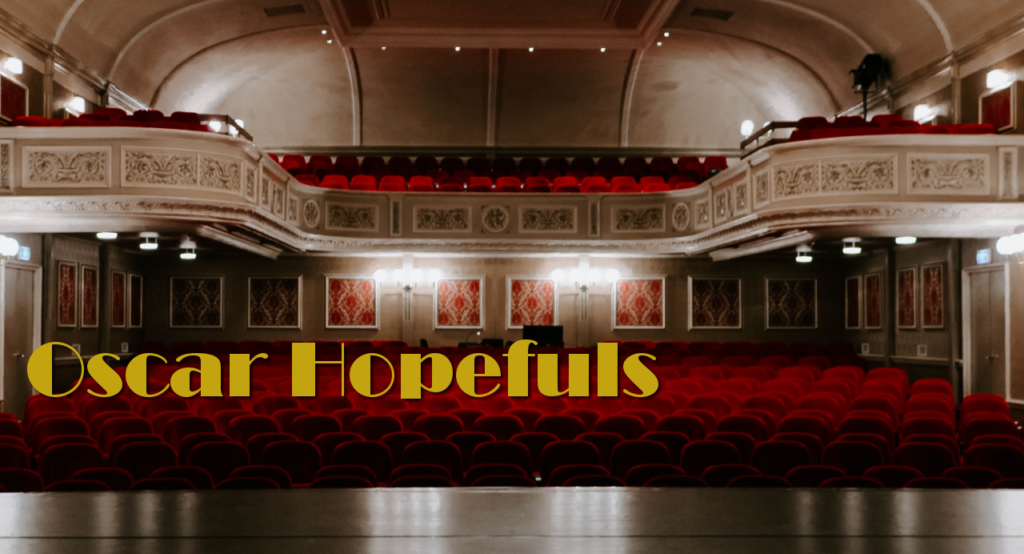


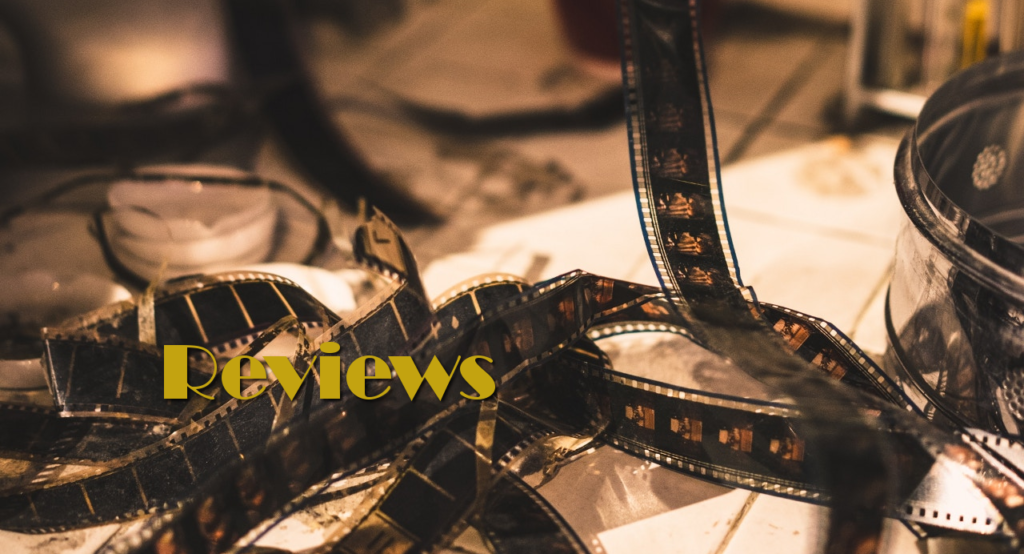
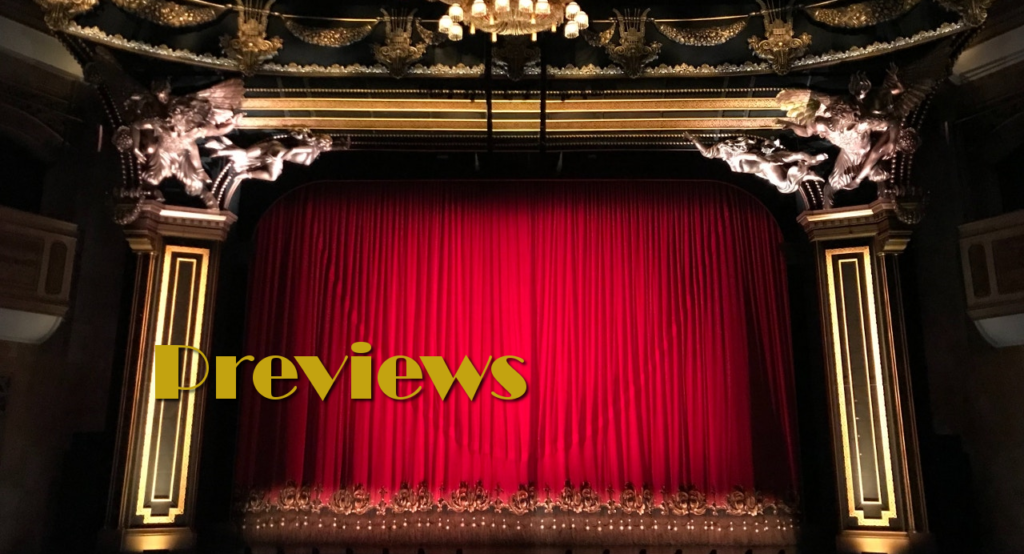


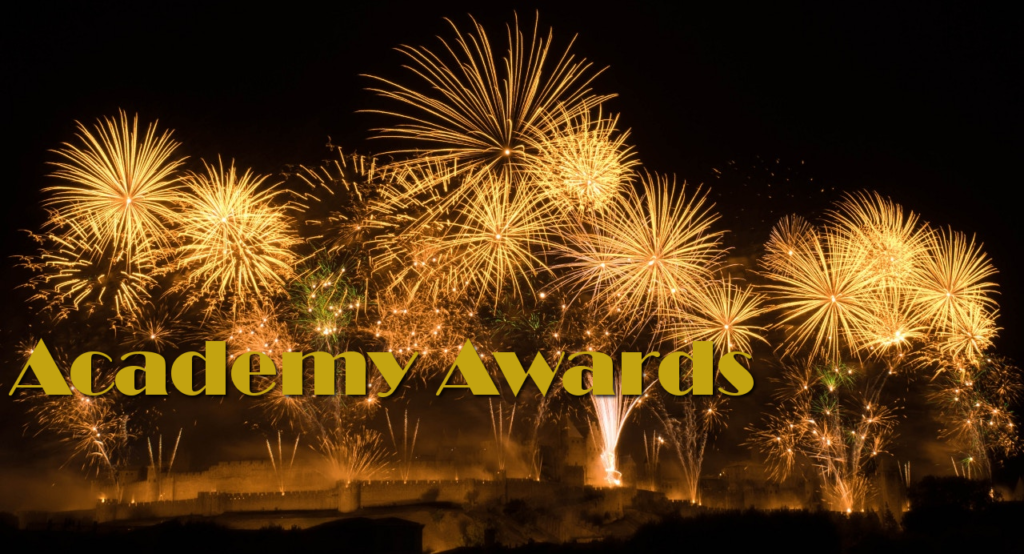


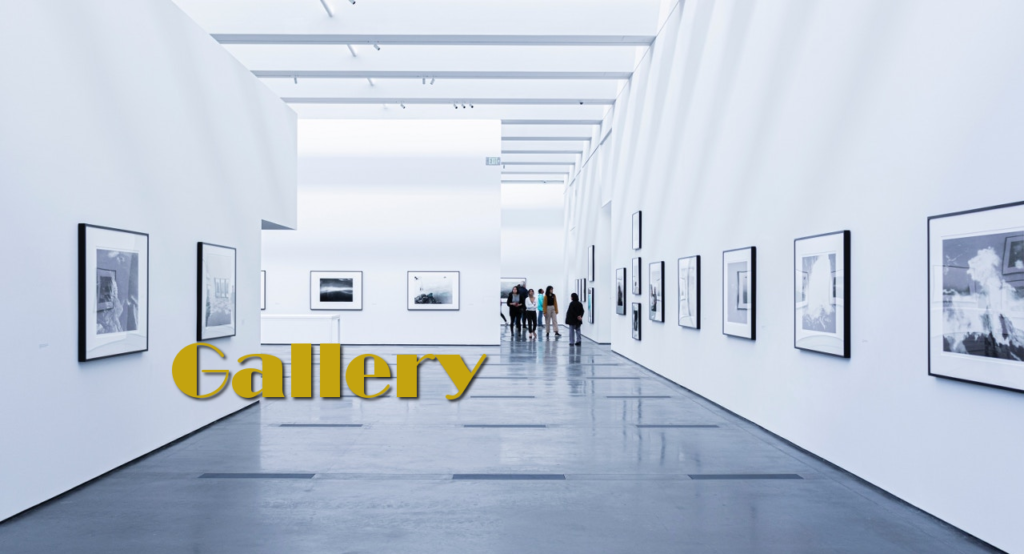
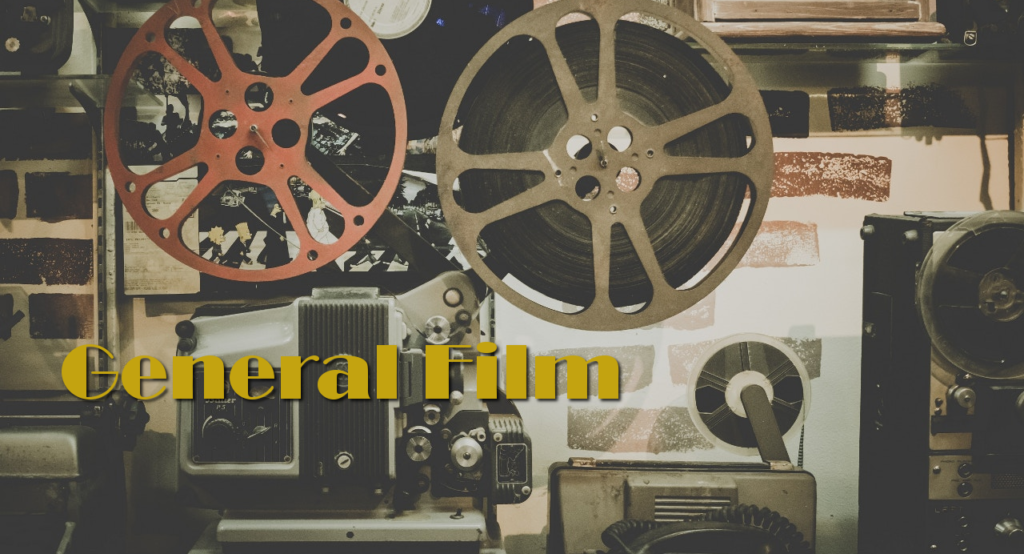
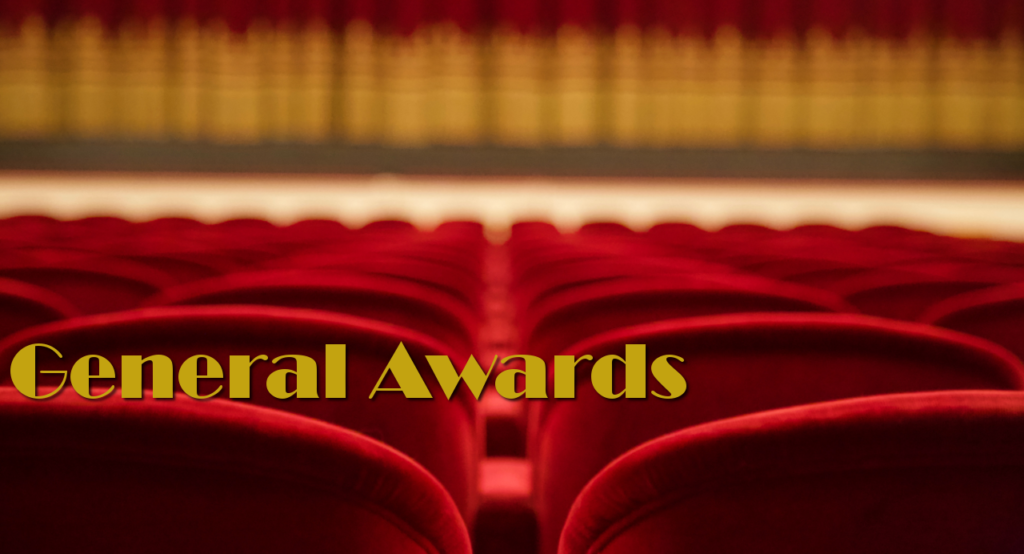
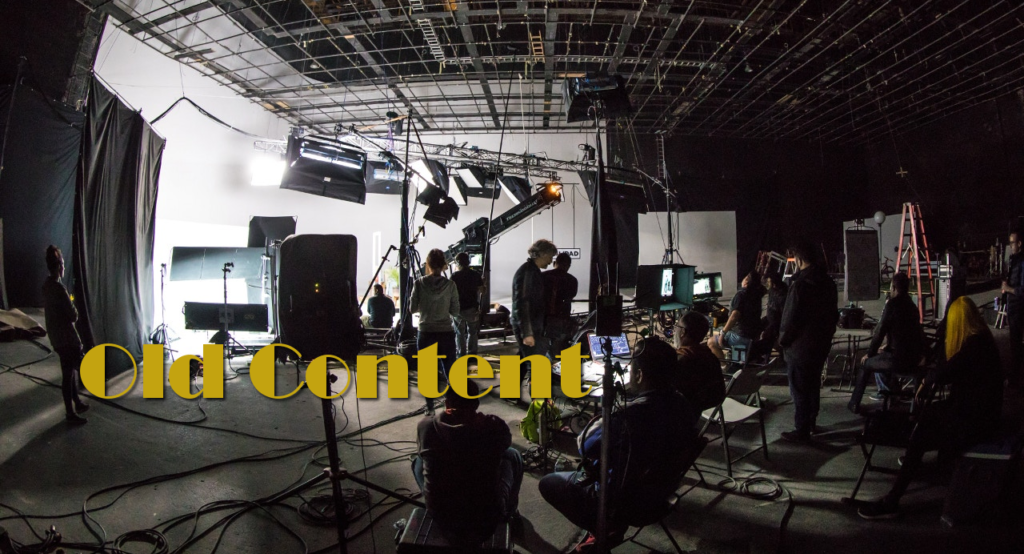
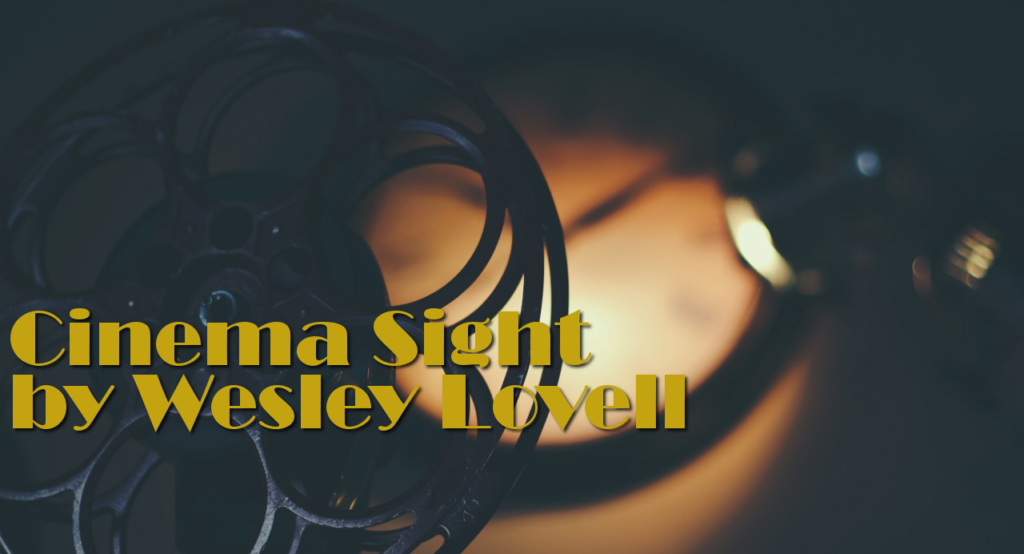


Leave a Reply
You must be logged in to post a comment.